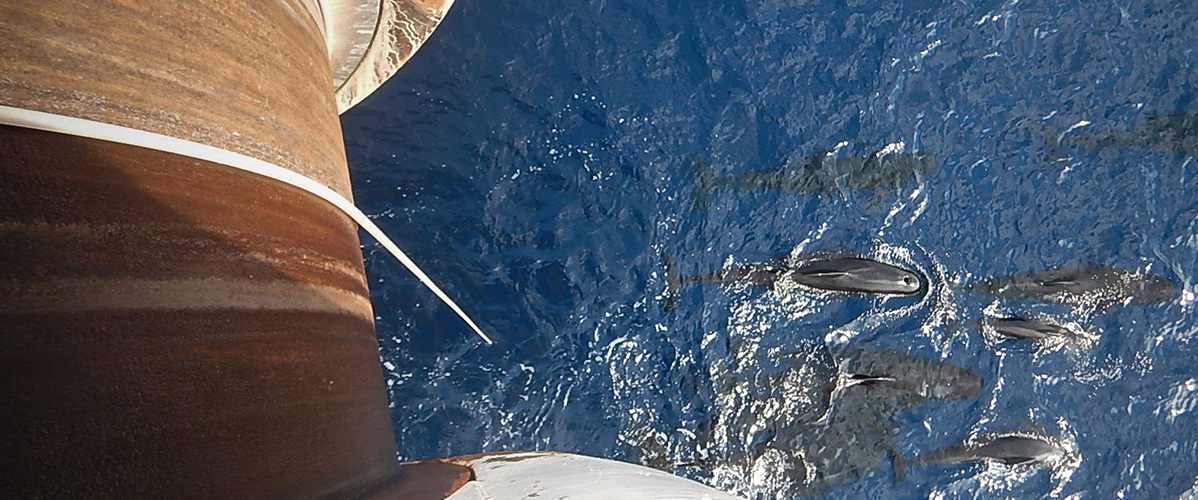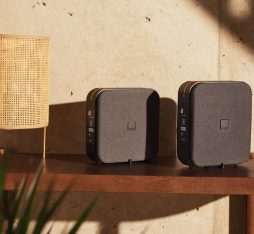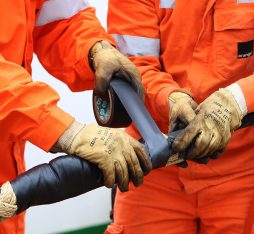REPCET is more than a type of software – it is an innovation which serves the marine ecosystem
This is why Orange Marine has decided to install this device on the cable-laying ship Raymond Croze from the very start of the test phase. Another way to support the association “Souffleurs d’écume”. in its actions to protect the cetaceans.
REPCET, a cetacean tracking device, was designed by a French company in the Var – AR Consulting. Initially, it would only operate in the Pelagos Sanctuary, an area located between Corsica, Italy, and Monaco in which whales, dolphins, and pilot whales reproduce. This tracking software has two tabs: “mapping” and “observation”. By clicking on the “mapping” tab, you can view the previously located cetaceans. By the “observation” tab, you access the system to signal a cetacean in your area. This innovative system is able to concentrate all data available to ships – such as oil tankers, ferries, and cable-laying ships – equipped with the device in the area, and to ensure that tourism and other human activity do not interfere with the presence of cetaceans. Recreational boaters do not have access to this device since they could use it to locate and observe cetaceans without taking proper precautions, which could in turn put cetaceans in danger. The association “Souffleurs d’écume” therefore maintains control of all data. However, it does make its data available to the scientists at GIS 3M (Scientific Group Interested in Marine Mammals in the Mediterranean – website only in French) with the aim of furthering the partnership between innovation and protecting the Mediterranean’s marine ecosystem.
Several initiatives put in place to limit the impact of human activity on the marine ecosystem
In 2012, Orange Marine installed the device on a cable-laying ship, the Raymond Croze, which operates in cetacean reproduction zones in the Mediterranean, the Black Sea, and the Red Sea. This year, its subsidiary Elettra will be installing the device on the Antonio Meucci, a ship that operates in the same area, and Orange Marine will install it on another cable-laying ship. More generally, and in accordance with the provisions of the ISO 14001 standard, Orange Marine conducts an environmental impact study before and after each cable-laying project. Environmental constraints and protecting the marine ecosystem within the installation area are taken into account when the route for a cable is chosen, and when a cable is laid. The REPCET device helps Orange Marine to meet its commitment for an innovative approach of marine ecosystem preservation. REPCET guarantees the safety of cetaceans, and gives ship owners assurance that their ships can avoid collisions with cetaceans, and the damage to vessels that such collisions can cause.
Originally, REPCET was only used to locate large cetaceans, but the association is now improving the usefulness of the device by expanding the observations to other species, such as marine turtles, with a view to preserving the marine ecosystem.
Thanks to “Souffleurs d’écume” and its network of partners, Decree No. 2017-300 of 8th March 2017 on shared devices, designed to prevent ship-cetacean collisions in the Pelagos and Agoa marine conservation areas, was published in the official journal.
The decree requires ships longer than 24 metres that have made more than 10 trips in one of these marine conservation areas during the previous calendar year, to install a device allowing them to share the location of cetaceans. This was an important victory for the Var association and a significant step toward protecting cetaceans and their ecosystem.
Interview with Julie Zarade – Quality, Safety, and Environmental Coordinator – OINIS/Orange Marine
For more details:
– Why do we need to protect the Posidonia meadow? (only in French)
– Undersea cables: some green in the deep blue
– At Orange Marine the environment is in safe hands
– Orange Marine







